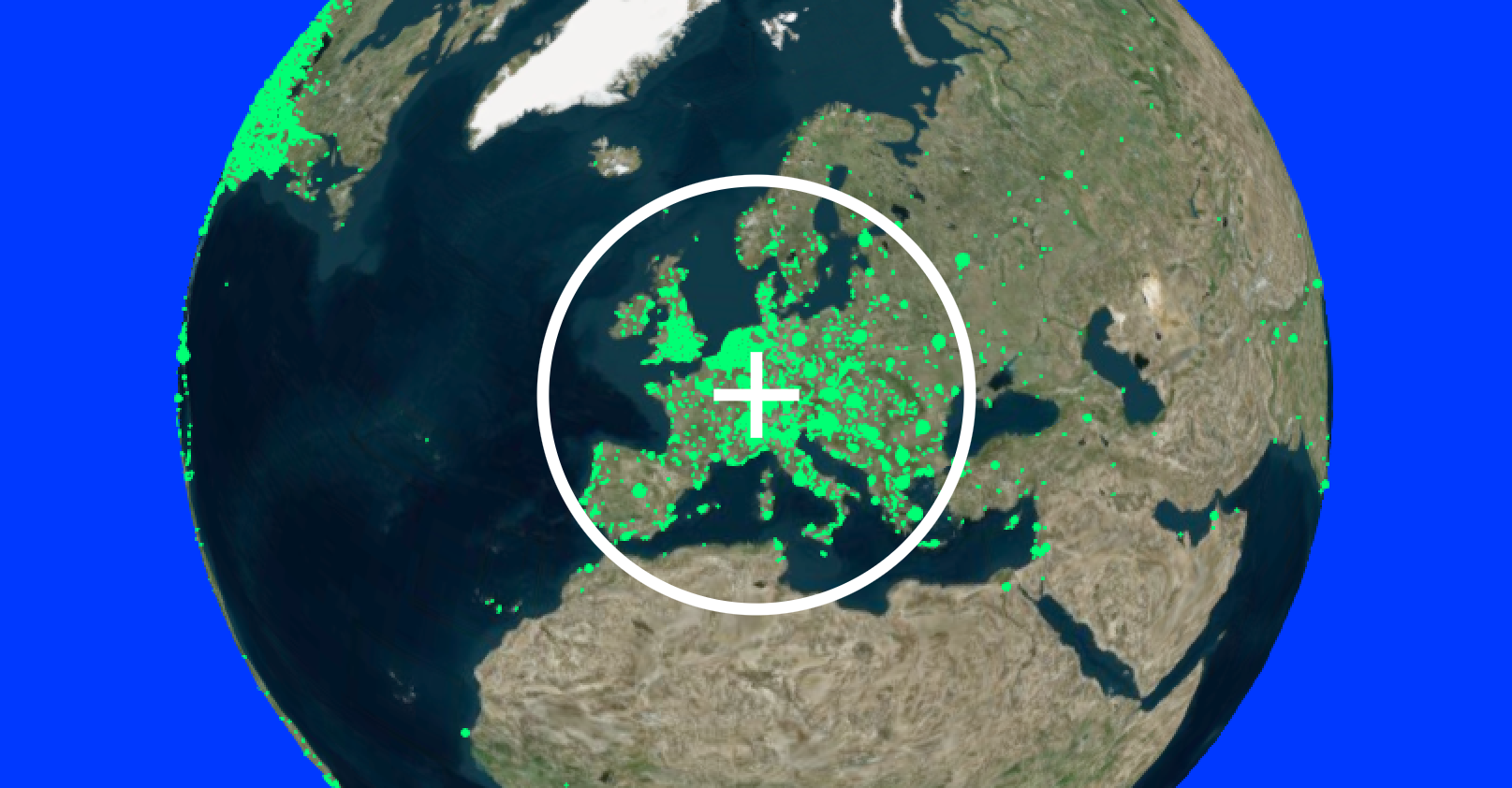Yahoo has discovered a 3-year-old security breach that enabled a hacker to compromise more than 1 billion user accounts, breaking the company’s own humiliating record for the biggest security breach in history.
The digital heist disclosed Wednesday occurred in August 2013, more than a year before a separate hack that Yahoo announced nearly three months ago . That breach affected at least 500 million users, which had been the most far-reaching hack until the latest revelation.
[…]
In both attacks, the stolen information included names, email addresses, phone numbers, birthdates and security questions and answers. The company says it believes bank-account information and payment-card data were not affected.
But hackers also apparently stole passwords in both attacks. Technically, those passwords should be secure; Yahoo said they were scrambled twice — once by encryption and once by another technique called hashing. But hackers have become adept at cracking secured passwords by assembling huge dictionaries of similarly scrambled phrases and matching them against stolen password databases.
That could mean trouble for any users who reused their Yahoo password for other online accounts. Yahoo is requiring users to change their passwords and invalidating security questions so they can’t be used to hack into accounts. (You may get a reprieve if you’ve changed your password and questions since September.)
Source: Yahoo Suffers World’s Biggest Hack Affecting 1 Billion Users


